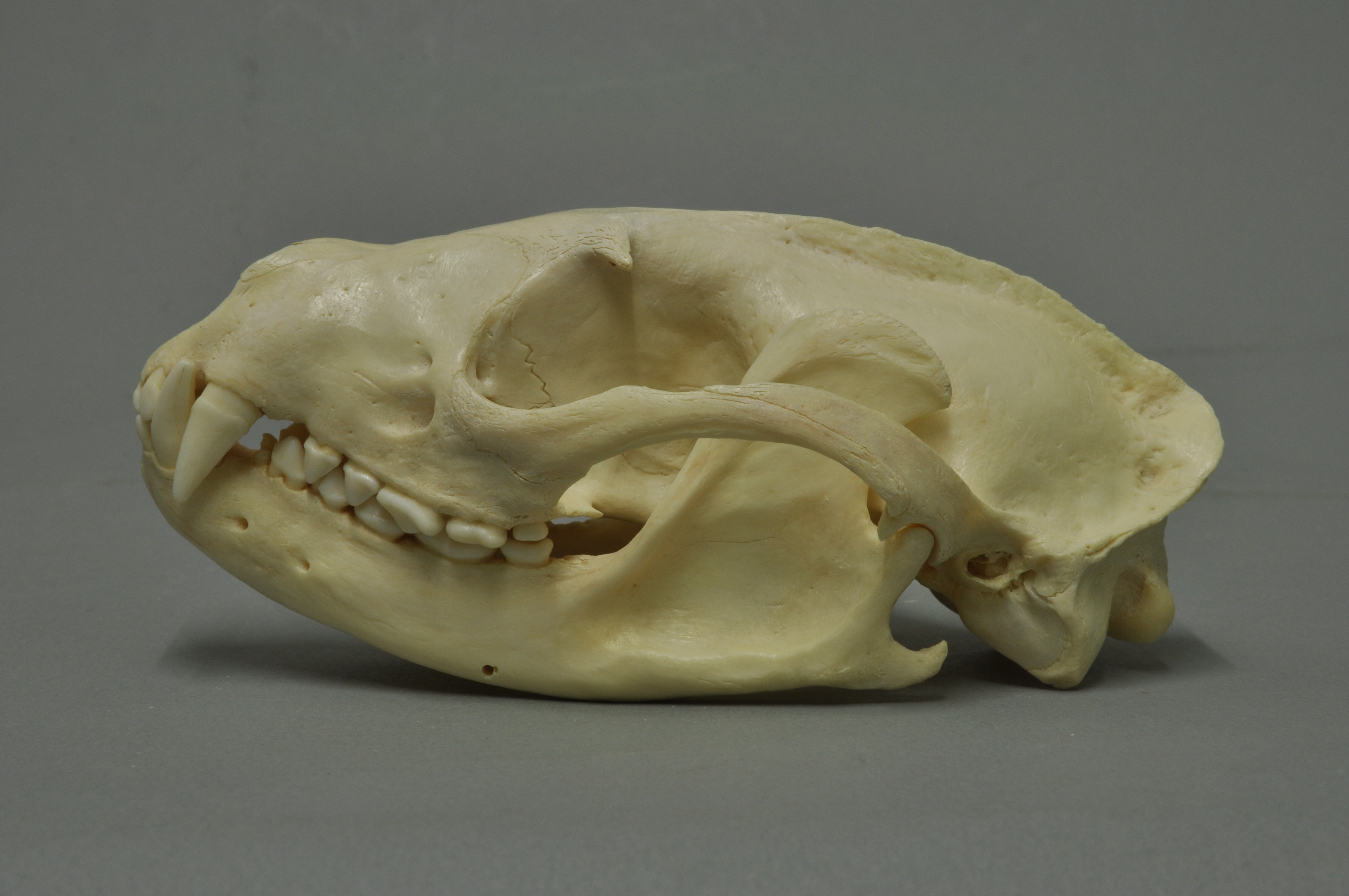|
Pat Sin Leng Country Park
Pat Sin Leng Country Park () is a country park in Hong Kong located in the northeastern New Territories. Established on 18August 1978, the country park covers of natural terrain. It comprises the Pat Sin Leng mountain range and other spurs, including Wong Leng, Ping Fung Shan, Cloudy Hill and Kwai Tau Leng. Hok Tau Reservoir and Lau Shui Heung Reservoir are also within the country park. Ecology The catchment forests are habitats for avian species such as crested bulbul, Chinese bulbul, hwamei, Oriental magpie robin, Chinese francolin, Japanese quail, common kingfisher, European magpie, crested myna and crows. Also dwelling in woodlands are mammals like Malayan porcupine, Chinese pangolin, masked palm civet, leopard cat and common muntjac. Lau Shui Heung Reservoir is rimmed by Peking willow and Fortune's keteleeria. Spots Stages nine and ten (ending stages) of the Wilson Trail traverse the Pat Sin Leng Country Park. The section within the park leads from Cloudy Hill to Nam Chu ... [...More Info...] [...Related Items...] OR: [Wikipedia] [Google] [Baidu] |
Crested Myna
The crested myna (''Acridotheres cristatellus''), also known as the Chinese starling, is a species of starling in the genus ''Acridotheres'' native to southeastern China and Indochina.Feare, C., Craig, A., Croucher, B., Shields, C., Komolphalin, K. (1998). ''Starlings and Mynas''. London: Christopher Helm Publisher Ltd. It is named after the tuft of feathers on its forehead that resembles a crest. The crested myna is typically found in open spaces near urban and agricultural areas. It is a popular cage bird and, as a result, has been accidentally released in a few places outside of its usual range. For example, this species was introduced around 1890 into the Vancouver region of British Columbia. It was initially successful, reaching a population in the thousands, however, it has since then gone locally extinct in the area. Like many starlings, the crested myna is omnivorous. It will eat a variety of food including worms, grubs, grains, fruit, and even garbage. It is a highly be ... [...More Info...] [...Related Items...] OR: [Wikipedia] [Google] [Baidu] |
Dragonflies
A dragonfly is a flying insect belonging to the infraorder Anisoptera below the order Odonata. About 3,000 extant species of true dragonfly are known. Most are tropical, with fewer species in temperate regions. Loss of wetland habitat threatens dragonfly populations around the world. Adult dragonflies are characterized by a pair of large, multifaceted compound eyes, two pairs of strong, transparent wings, sometimes with coloured patches, and an elongated body. Many dragonflies have brilliant iridescent or metallic colours produced by structural colouration, making them conspicuous in flight. An adult dragonfly's compound eyes have nearly 24,000 ommatidia each. Dragonflies can be mistaken for the closely related damselflies, which make up the other odonatan infraorder ( Zygoptera) and are similar in body plan though usually lighter in build; however, the wings of most dragonflies are held flat and away from the body, while damselflies hold their wings folded at rest, along ... [...More Info...] [...Related Items...] OR: [Wikipedia] [Google] [Baidu] |
Sha Lo Tung
Sha Lo Tung () is an area of Tai Po District, in the northeastern New Territories of Hong Kong. Administration For electoral purposes, Sha Lo Tung is part of the Hong Lok Yuen constituency of the Tai Po District Council. It was formerly represented by Zero Yiu Yeuk-sang, who was elected in the local elections until May 2021. Sha Lo Tung Cheung Uk () and Sha Lo Tung Lei Uk () are recognized villages under the New Territories Small House Policy. Geography Sha Lo Tung is located at approximately 3.8 km north-east from the centre of the Tai Po New Town and is bounded by the Tai Po New Town to the south and surrounded by the Pat Sin Leng Country Park to the north, east and west.greeneducation.org.hk - Sha Lo Tung More specifically, it is located south of the |
Shenzhen
Shenzhen (; ; ; ), also historically known as Sham Chun, is a major sub-provincial city and one of the special economic zones of China. The city is located on the east bank of the Pearl River estuary on the central coast of southern province of Guangdong, bordering Hong Kong to the south, Dongguan to the north, and Huizhou to the northeast. With a population of 17.56 million as of 2020, Shenzhen is the third most populous city by urban population in China after Shanghai and Beijing. Shenzhen is a global center in technology, research, manufacturing, business and economics, finance, tourism and transportation, and the Port of Shenzhen is the world's fourth busiest container port. Shenzhen is classified as a Large-Port Megacity, the largest type of port-city in the world. Shenzhen roughly follows the administrative boundaries of Bao'an County, which was established since imperial times. The southern portion of Bao'an County was seized by the British after the Opium Wars an ... [...More Info...] [...Related Items...] OR: [Wikipedia] [Google] [Baidu] |
Plover Cove Reservoir
Plover Cove Reservoir, located within Plover Cove Country Park, in the northeastern New Territories, is the largest reservoir in Hong Kong in terms of area, and the second-largest in terms of volume. It is the world's first freshwater coastal lake constructed from an arm of the ocean. Its main dam, which disconnected Plover Cove from the sea, was one of the largest in the world at the time of its construction. History Planning Hong Kong lacks significant natural inland water bodies, and providing water supply to the territory's population has long been fraught with problems. On 24 July 1958, it was disclosed by a government spokesman that government engineers were studying the idea of converting sea inlets into freshwater lakes, and cited Plover Cove as one of the foremost areas under consideration. The plan was considered feasible as the cove was mostly enclosed on three sides, and could be fully cut off from the sea by damming sections of the Tolo Harbour known to be very ... [...More Info...] [...Related Items...] OR: [Wikipedia] [Google] [Baidu] |
Wilson Trail
The Wilson Trail () is a long-distance footpath in Hong Kong, 63 km of which runs through Hong Kong country parks.Agriculture, Fisheries and Conservation Department – Wilson Trail Country and Marine Parks Authority Agriculture It was named after , who was from 1987 to 1992. The Wilson Trail was developed by |
Fortune's Keteleeria
''Keteleeria fortunei'' ( zh: 油杉, ''you shan'') is a coniferous evergreen tree. Originated in China, ''K. fortunei'' is an ancient relict species and a second-class national key protected plant, "mainly distributed in south subtropical to the middle subtropical edge". It is found in the provinces of Fujian, Guangdong, Guangxi, Guizhou, Hunan, Jiangxi, Yunnan, and Zhejiang. The tree grows in hills, mountains, and broadleaf forests at elevations of 200–1400 m. The lifespan of ''K. fortunei'' can reach more than a thousand years, and the height of a thousand-year-old tree can reach more than 40 meters. "Economically, ''K. fortunei'' is a treasure, and its comprehensive development and uses has broad prospects". The species is named after Scottish botanist Robert Fortune, who discovered the tree in 1844. ''K. fortunei'' has also been reported from Vietnam but this is attributed to misidentification of immature specimens of ''Pseudotsuga sinensis''. Description It grows 25–30 m ... [...More Info...] [...Related Items...] OR: [Wikipedia] [Google] [Baidu] |
Peking Willow
''Salix babylonica'' (Babylon willow or weeping willow; ) is a species of willow native to dry areas of northern China, but cultivated for millennia elsewhere in Asia, being traded along the Silk Road to southwest Asia and Europe.Flora of China''Salix babylonica''/ref> Description ''Salix babylonica'' is a medium- to large-sized deciduous tree, growing up to tall. It grows rapidly, but has a short lifespan, between 40 and 75 years. The shoots are yellowish-brown, with small buds. The leaves are alternate and spirally arranged, narrow, light green, long and broad, with finely serrate margins and long acuminate tips; they turn a gold-yellow in autumn. The flowers are arranged in catkins produced early in the spring; it is dioecious, with the male and female catkins on separate trees.Huxley, A., ed. (1992). ''New RHS Dictionary of Gardening''. Macmillan . File:Saule pleureur chaton.jpg, Male flowers of ''Salix babylonica'' Image:Willow Salix babylonica.jpg, Pendulous branchlets o ... [...More Info...] [...Related Items...] OR: [Wikipedia] [Google] [Baidu] |
Common Muntjac
The Indian muntjac or the common muntjac (''Muntiacus muntjak''), also called the southern red muntjac and barking deer, is a deer species native to South and Southeast Asia. It is listed as Least Concern on the IUCN Red List. In popular local language, it is known as ''Kaakad'' or ''Kakad'' (काकड़) This muntjac has soft, short, brownish or grayish hair, sometimes with creamy markings. It is among the smallest deer species. It is an omnivore and eats grass, fruit, shoot In botany, a plant shoot consists of any plant stem together with its appendages, leaves and lateral buds, flowering stems, and flower buds. The new growth from seed germination that grows upward is a shoot where leaves will develop. In the spri ...s, seeds, bird eggs, and small animals, and occasionally Scavenger, scavenges on carrion. Its calls sound like Bark (utterance), barking, often when frightened by a Predation, predator, hence the common name "barking deer". Males have Canine tooth, canines ... [...More Info...] [...Related Items...] OR: [Wikipedia] [Google] [Baidu] |
Leopard Cat
The leopard cat (''Prionailurus bengalensis'') is a small wild cat native to continental South, Southeast, and East Asia. Since 2002 it has been listed as Least Concern on the IUCN Red List as it is widely distributed although threatened by habitat loss and hunting in parts of its range. Historically, the leopard cat of continental Asia was considered the same species as the Sunda leopard cat. As of 2017, the latter is recognised as a distinct species, with the taxonomic name ''Prionailurus javanensis''. Leopard cat subspecies differ widely in fur colour, tail length, skull shape and size of carnassials. Archaeological evidence indicates that the leopard cat was the first cat species domesticated in Neolithic China about 5,000 years ago in Shaanxi and Henan Provinces. Characteristics A leopard cat is about the size of a domestic cat, but more slender, with longer legs and well-defined webs between its toes. Its small head is marked with two prominent dark stripes and a s ... [...More Info...] [...Related Items...] OR: [Wikipedia] [Google] [Baidu] |
Masked Palm Civet
The masked palm civet (''Paguma larvata''), also called the gem-faced civet, is a palm civet species native to the Indian subcontinent and Southeast Asia. It has been listed as least concern on the IUCN Red List since 2008 as it occurs in many protected areas, is tolerant to some degree of habitat modification, and widely distributed with presumed large populations that are unlikely to be declining. The genus ''Paguma'' was first named and described by John Edward Gray in 1831. All described forms are regarded as a single species. In 2003, masked palm civets at a wildlife market in China were found to have been infected with the severe acute respiratory syndrome coronavirus. Characteristics The masked palm civet's fur is grayish to ochraceous, black on the head, shoulders and neck, and blackish brown on the tail and feet. It has a white blaze on the forehead; white marks above and below the eyes extend to the ears, forming a half-collar. In morphology the masked palm cive ... [...More Info...] [...Related Items...] OR: [Wikipedia] [Google] [Baidu] |







